 W
WA number of organizations, museums and monuments are intended to serve as memorials to the Holocaust, the Nazi Final Solution, and its millions of victims.
 W
WThe Anne Frank House is a writer's house and biographical museum dedicated to Jewish wartime diarist Anne Frank. The building is located on a canal called the Prinsengracht, close to the Westerkerk, in central Amsterdam in the Netherlands.
 W
WThe Auschwitz-Birkenau State Museum is a museum on the site of the Auschwitz concentration camp in Oświęcim, Poland.
 W
WBabi Yar Holocaust Memorial Center is an educational institution that documents, explains and commemorates the Babi Yar shootings of September 1941 and aims to broaden and sustain the memory of the Holocaust in Eastern Europe, taking into account geopolitical changes during the 20th century. In 2016 the discussion of the Memorial project began. The Memorial Center is planned to be created in Kyiv, Ukraine, by 2023.
 W
WThe Cape Town Holocaust & Genocide Centre began as Africa's first Holocaust centre founded in 1999. The Centre works towards creating a more caring and just society in which human rights and diversity are respected and valued. Through exhibitions, events and workshops, they endeavour to commemorate the victims and survivors of the Nazi regime and the numerous genocides that happened before and since the Holocaust.
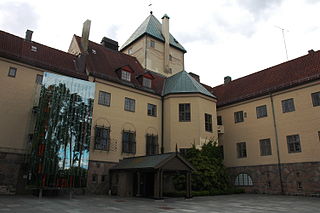 W
WThe Center for Studies of the Holocaust and Religious Minorities is a Norwegian research institution. It is organised as an independent foundation and is an affiliated institute of the University of Oslo.
 W
WChamber of the Holocaust is a small Holocaust museum located on Mount Zion in Jerusalem. It was Israel's first Holocaust museum.
 W
WThe Documentation and Cultural Centre of German Sinti and Roma was established in Heidelberg, Germany, in the early 1990s, as a memorial to Sinti and Roma people who were killed by the National Socialists Party. After several years of extension work collecting stories from the victims, conducting research, and conversion, the building complex was ceremonially opened to the public on 16 March 1997, and was supported by the attendance of many Roma and Sinti survivors. It is the world's first permanent exhibition on the genocide perpetrated upon the Sinti and Roma by the Nazis. The documentation Centre has three levels and covers an area of almost 700 square meters, and traces the history and stories of the persecution of the Sinti and Roma under National Socialism. The institution is overseen by Central Council of German Sinti and Roma, supported by the city of Heidelberg, and is the beneficiary of special funds from the German Federal Government and the land of Baden-Württemberg.
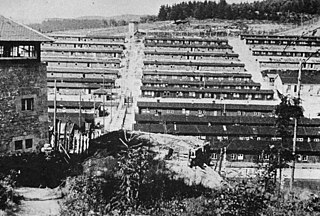 W
WFlossenbürg was a Nazi concentration camp built in May 1938 by the SS Main Economic and Administrative Office. Unlike other concentration camps, it was located in a remote area, in the Fichtel Mountains of Bavaria, adjacent to the town of Flossenbürg and near the German border with Czechoslovakia. The camp's initial purpose was to exploit the forced labor of prisoners for the production of granite for Nazi architecture. In 1943, the bulk of prisoners switched to producing Messerschmitt Bf 109 fighter planes and other armaments for Germany's war effort. Although originally intended for "criminal" and "asocial" prisoners, after Germany's invasion of the Soviet Union, the camp's numbers swelled with political prisoners from outside of Germany. It also developed an extensive subcamp system that eventually outgrew the main camp.
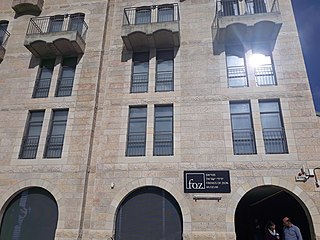 W
WThe Friends of Zion Museum is a museum in the historic Nahalat Shiv'a neighborhood of downtown Jerusalem. The museum celebrates Christian Zionists and their contribution to Israel.
 W
WThe Ghetto Fighters' House, full name, Itzhak Katzenelson Holocaust and Jewish Resistance Heritage Museum, Documentation and Study Center, was founded in 1949 by members of Kibbutz Lohamei Hagetaot, a community of Holocaust survivors, among them fighters of the ghetto undergrounds and partisan units. The museum is named after Itzhak Katzenelson, a Jewish poet who died at Auschwitz.
 W
WThe Glass House was a building used by the Swiss diplomat Carl Lutz to help Jews in Budapest during the Holocaust.
 W
WHollandsche Schouwburg is a museum in Amsterdam in the Netherlands.
 W
WThe Holocaust Memorial Center for the Jews of Macedonia is a memorial to the Holocaust of the 7,148 Jews from North Macedonia and the history of the Jews in the Balkans, located in Skopje, the capital city of North Macedonia.
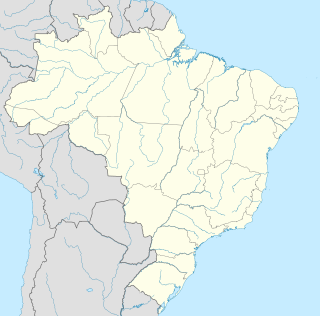 W
WThe Holocaust Museum in Curitiba is a museum situated in the city of Curitiba, capital of the Brazilian state of Paraná.
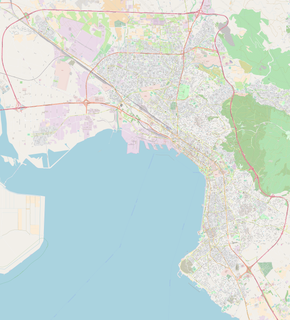 W
WThe Holocaust Museum of Greece, officially the Holocaust Memorial Museum & Educational Center of Greece on Human Rights, is an under-construction museum on The Holocaust in Thessaloniki, Greece. Its construction was proposed in 2016 and is partly funded by the Federal Republic of Germany, with support from the Municipality of Thessaloniki and mayor Yiannis Boutaris. The total construction cost is estimated at €25 million. The foundation stone was placed on 30 January 2018.
 W
WThe Holocaust Museum of Oporto was created in 2021 by the Jewish Community of Oporto (CIP/CJP) in partnership with B’nai B’rith International and Holocaust museums in Moscow, Hong Kong, the United States and Europe. The Museum focuses on the general public, particularly on the young, and invests in teaching, in career training for educators, promoting exhibitions and supporting research.
 W
WThe Wannsee Conference was a meeting of senior government officials of Nazi Germany and Schutzstaffel (SS) leaders, held in the Berlin suburb of Wannsee on 20 January 1942. The purpose of the conference, called by the director of the Reich Security Main Office SS-Obergruppenführer Reinhard Heydrich, was to ensure the co-operation of administrative leaders of various government departments in the implementation of the Final solution to the Jewish question, whereby most of the Jews of German-occupied Europe would be deported to occupied Poland and murdered. Conference participants included representatives from several government ministries, including state secretaries from the Foreign Office, the justice, interior, and state ministries, and representatives from the SS. In the course of the meeting, Heydrich outlined how European Jews would be rounded up and sent to extermination camps in the General Government, where they would be killed.
 W
WImperial War Museums (IWM) is a British national museum organisation with branches at five locations in England, three of which are in London. Founded as the Imperial War Museum in 1917, the museum was intended to record the civil and military war effort and sacrifice of Britain and its Empire during the First World War. The museum's remit has since expanded to include all conflicts in which British or Commonwealth forces have been involved since 1914. As of 2012, the museum aims "to provide for, and to encourage, the study and understanding of the history of modern war and 'wartime experience'."
 W
WThe Jewish Holocaust Centre (JHC) was founded in Elsternwick, Melbourne, Australia, in 1984 by Holocaust survivors. Its mission is to commemorate the six million Jews murdered by the Nazis between 1933 and 1945.
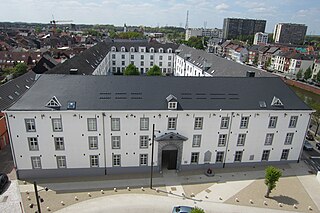 W
WThe Kazerne Dossin Holocaust memorial is the only part of the Kazerne Dossin: Memorial, Museum and Documentation Centre on Holocaust and Human Rights established within the former Mechelen transit camp of World War II, from which, in German-occupied Belgium, arrested Jews and Romani were sent to concentration camps. The aforementioned museum and documentation centre are housed in a new purpose-built complex across the public square.
 W
WMémorial de la Shoah is the Holocaust museum in Paris, France. The memorial is in the 4th arrondissement of Paris, in the Marais district, which had a large Jewish population at the beginning of World War II.
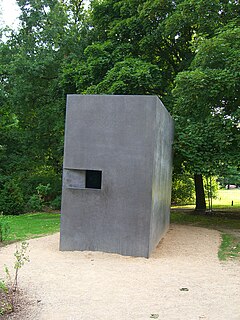 W
WThe Memorial to Homosexuals persecuted under Nazism in Berlin was opened on 27 May 2008.
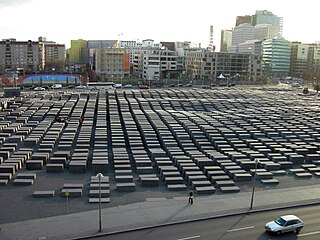 W
WThe Memorial to the Murdered Jews of Europe, also known as the Holocaust Memorial, is a memorial in Berlin to the Jewish victims of the Holocaust, designed by architect Peter Eisenman and engineer Buro Happold. It consists of a 19,000-square-metre (200,000 sq ft) site covered with 2,711 concrete slabs or "stelae", arranged in a grid pattern on a sloping field. The original plan was to place nearly 4,000 slabs, but before the unveiling a new law was enacted mandating memorials to be wheelchair accessible. After the recalculation, the number of slabs that could legally fit into the designated areas was 2,711. The stelae are 2.38 metres long, 0.95 metres wide and vary in height from 0.2 to 4.7 metres. They are organized in rows, 54 of them going north–south, and 87 heading east–west at right angles but set slightly askew. An attached underground "Place of Information" holds the names of approximately 3 million Jewish Holocaust victims, obtained from the Israeli museum Yad Vashem.
 W
WThe Montreal Holocaust Museum is a museum located in Montreal, Quebec, Canada, that is dedicated to educating people of all ages and backgrounds about the Holocaust, while sensitizing the public to the universal perils of antisemitism, racism, hate and indifference. Through the museum, its commemorative programs and educational initiatives, it aims to promote respect for diversity and the sanctity of human life. The Museum was founded in 1979 as the Montreal Holocaust Memorial Centre and is Canada's first and only recognized Holocaust museum.
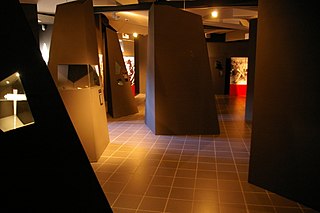 W
WThe Museo e Centro di Documentazione della Deportazione e Resistenza is a museum in Prato, central Italy, dedicated to the history of Fascism's occurrence and rise to power in Italy. The director of the foundation is Camilla Brunelli.
 W
WThe Museum of Italian Judaism and the Shoah (MEIS) is a public history museum in Ferrara, Italy. It opened in 2017, and traces the history of the Jewish people in Italy starting from the Roman empire through the Holocaust of the 20th century. Chartered by the Italian government in 2003, MEIS contains over 200 artifacts and exhibits that proceed chronologically through the periods of Jewish history in Italy. The museum is continuing to expand through the year 2021.
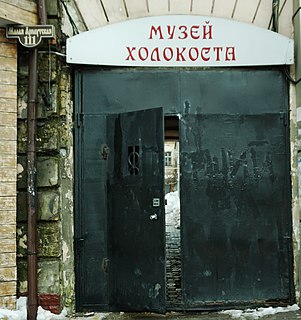 W
WMuseum of the Holocaust – victims of fascism, Odessa – the first Museum in Ukraine, which is based on the events of the genocide of the Jewish population in Transnistria Governorate.
 W
WThe Northern Transylvania Holocaust Memorial Museum is located in Șimleu Silvaniei, Sălaj County, Romania, and was opened September 11, 2005. The museum is operated and maintained by the Jewish Architectural Heritage Foundation of New York and Asociația Memoraliă Hebraică Nușfalău, with the support of the Claims Conference, Elie Wiesel National Institute for Studying the Holocaust in Romania, among other philanthropic and pedagogical partners.
 W
WThe Oświęcim Synagogue, also called the Auschwitz Synagogue, is the only active synagogue in the town of Oświęcim, Poland. The formal, as well as pre-war, name of the synagogue is Khevre Loymdei Mishnayos. It is now part of the Auschwitz Jewish Center, which includes a Jewish Museum, a cafe in the house of Syzmon Kleuger and an education center.
 W
WPort of Humanity Tsuruga Museum is a museum that displays the history of Tsuruga Port, located in Kanegasaki Park, Tsuruga, Fukui, Japan. It emphasizes Chiune Sugihara, who saved the lives of many Jewish refugees during World War II by issuing transit visas. Tsuruga Port was the place they disembarked after their long journey from their native Europe.
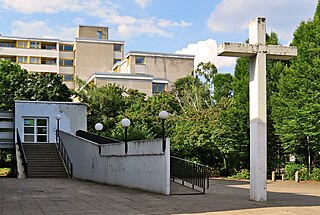 W
WThe Protestant Church of Plötzensee is situated in Berlin-Charlottenburg-Nord and was inaugurated in 1970 as the second church building of the Protestant Congregation in North-Charlottenburg within the Evangelical Church of Berlin-Brandenburg-Silesian Upper Lusatia. As it is located close to the former Plötzensee Prison, the church-building was designed as a memorial for the victims of National Socialism. The paintings Plötzenseer Totentanz painted by the Viennese artist Alfred Hrdlicka are an important part of this church.
 W
WThe Sydney Jewish Museum is a history museum in Sydney, Australia, which documents the Holocaust, the history of the Jewish people in Australia, and explores human rights issues in Australia.
 W
WThe Ten Boom Museum is a museum in Haarlem, the Netherlands, dedicated to The Hiding Place, the subject of a book by Corrie ten Boom. The house where the museum is located was purchased and restored in 1983 by the Corrie ten Boom Fellowship, a non-profit 501(c)(3) corporation governed by a board of directors. Mike Evans serves as the chairman of the Board.
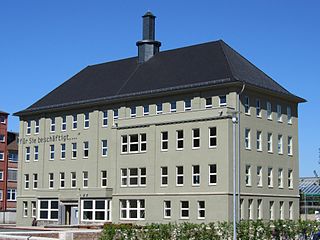 W
WJ.A. Topf and Sons was an engineering company, founded in 1878 in Erfurt, Germany by Johannes Andreas Topf (1816–1891). Originally, it made heating systems and brewing and malting equipment. Later, the company diversified into silos, chimneys, incinerators for burning municipal waste, and crematoria. During World War I it made weapons shells, limbers and other military vehicles. In World War II it also made weapons shells and aircraft parts for the Luftwaffe.
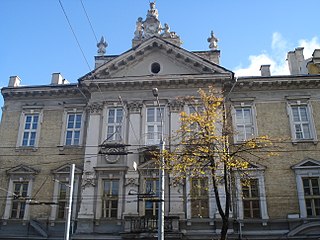 W
WVilna Gaon Jewish State Museum is a Lithuanian museum dedicated to the historical and cultural heritage of Lithuanian Jewry.
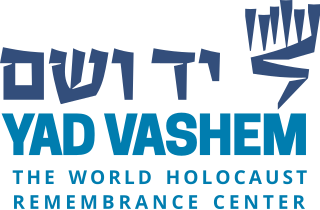 W
WYad Vashem is Israel's official memorial to the victims of the Holocaust. It is dedicated to preserving the memory of the dead; honoring Jews who fought against their Nazi oppressors and Gentiles who selflessly aided Jews in need; and researching the phenomenon of the Holocaust in particular and genocide in general, with the aim of avoiding such events in the future.